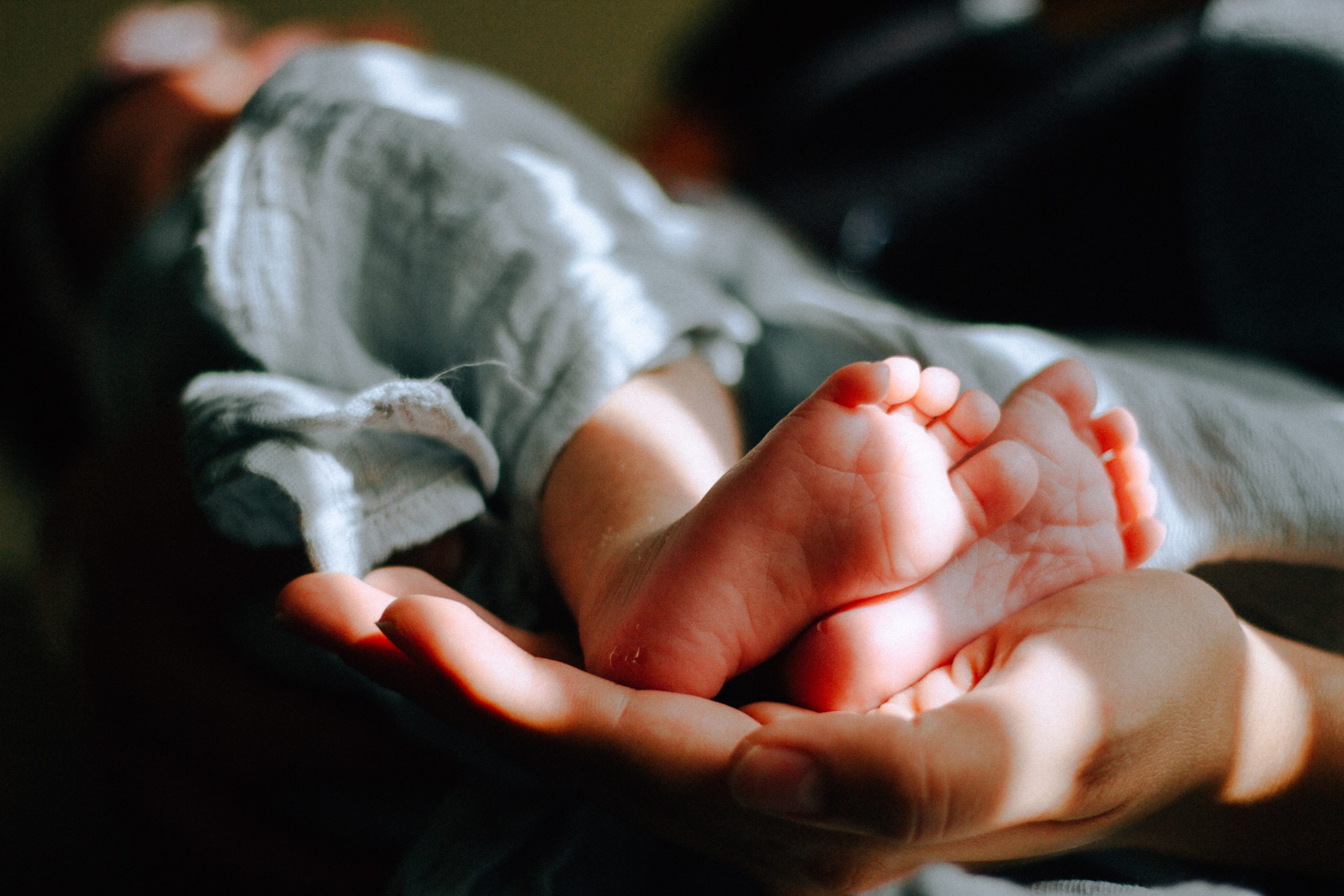
Official figures from the Irish government have revealed that female non-Irish national residents—despite composing slightly more than one-twentieth of the total population—gave birth to well over one-fifth of the children born in 2021, with the total number of registered births dropping by nearly 25% in the past decade.
The new data, released by Ireland’s Central Statistics Office (CSO) on Thursday, June 5, 2022, has shown that over 22% of children born in the Republic of Ireland in 2021 had non-Irish mothers, down from 23.1% and 23% in 2021 and 2021, respectively.
The yearly statistical summary indicates that of that 22%, 10% of new mothers came from various EU countries, 2% were UK citizens, and the remaining 10% were from countries outside both the EU and the UK.
As of 2016, nationals from 12 countries—the U.S., Brazil, France, Germany, India, Italy, Latvia, Lithuania, Poland, Romania, Spain, and the UK—accounted for 73.6% of all non-Irish nationals living legally in the country. At this time, the remaining 26.4% was composed of nationals from 186 countries stretching across the Middle East, East Asia, Europe, Russia, Africa, South and Central America, and Southeast Asia.
In its report, the CSO noted a 3% drop in the number of recorded births that took place within marriage in just one year: 58% of 2021 births were to married couples, down from 61.6% and 61.9% in 2020 and 2019, respectively.
At the same time, the average age of first-time mothers in 2021 rose to 31.6 years old, up 0.2 years from 2020, while the average age of mothers for all births recorded in 2021 climbed to 33.3 years, compared to 33.1 years in 2020 and 31.8 years a decade earlier, in 2011.
In the past decade, Ireland, like many of its European counterparts, has witnessed a precipitous decline in the number of babies born. Since 2011, when the country recorded 74,033 births, Ireland has recorded a nearly 22% decline in the number of babies being born.
From 1971 to 2020, the Irish fertility rate has plunged by a jaw-dropping 52.6%, declining from 3.8 births per woman to just 1.8 births per woman—well below replacement level—in those 50 years.
The exceedingly low birth rates witnessed in Ireland mirror the dismal rates recorded across much of Europe, including Italy, Spain, Austria, and the UK.
Births in Spain in 2021 declined for the eighth consecutive year, bringing the number of newly born children to its lowest figure since the Spanish government began recording figures 80 years ago, as The European Conservative has previously reported, The population growth that Spain did see in 2021, however, was revealed by the National Institute of Statistics (INE) to have been driven exclusively by foreigners—a trend that also observed in Austria.
Meanwhile, births in Italy in 2021, at 399,400, fell to their lowest level since the country’s reunification in 1861, representing a decrease of 1.3% compared to 2020—a year that also witnessed all-time record lows.
